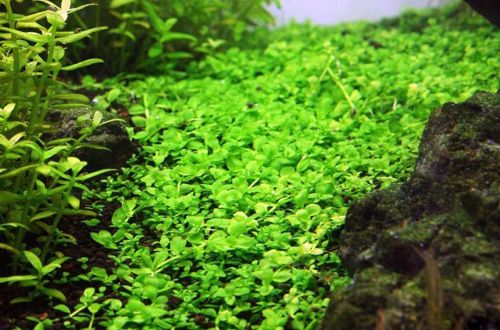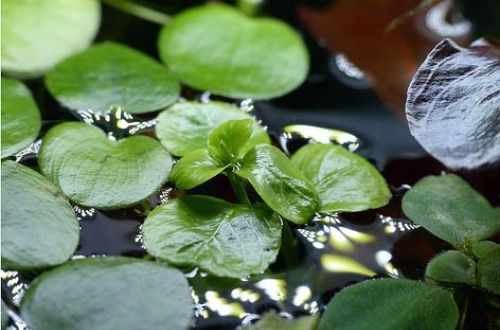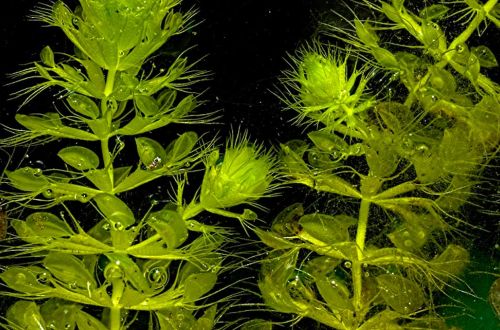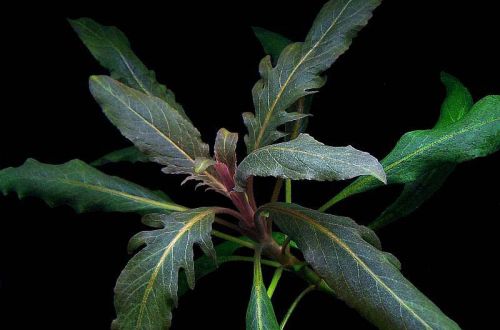
Micranthemum Monte Carlo
Micranthemum Monte Carlo, scientific name Micranthemum tweediei. The plant is native to South America. The natural habitat extends to southern Brazil, Uruguay and Argentina. The plant is found in shallow water and wet substrates along the banks of rivers, lakes and swamps, as well as on rocky hills, for example, near waterfalls.

The plant got its name from the area where it was first discovered – the city of Montecarlo (the spelling is continuous, unlike a city in Europe), the province of Misiones in northeast Argentina.
She owes her discovery to Japanese researchers who studied the flora of tropical South America during the 2010 expedition. Scientists brought new species to their homeland, where already in 2012 Mikrantemum Monte Carlo began to be used in aquariums and soon went on sale.
From Japan it was exported to Europe in 2013. However, it was erroneously marketed as Elatin hydropiper. At this time, another very similar plant was already known in Europe – Bacopita, a diminutive of Bacopa.
Thanks to a study by specialists from the Tropica nursery (Denmark), it was possible to find out that both species presented on the European market are in fact the same plant belonging to the Mikrantemum genus. Since 2017, it has been listed under its real name in international catalogs.
Outwardly, it resembles another closely related species, Mikrantemum shady. Forms a dense dense “carpet” of creeping branched stems and wide green leaves of an elliptical shape up to 6 mm in diameter. The root system is able to attach to the surface of stones and rocks, even in an upright position.
The best appearance and fastest growth rates are achieved when grown above water, therefore it is recommended for use in paludariums. However, it is also great for aquariums. It is unpretentious, able to grow at different levels of illumination and is not demanding on the presence of nutrients. Due to its unpretentiousness, it is considered as an excellent alternative to other similar plants, such as Glossostigma.





